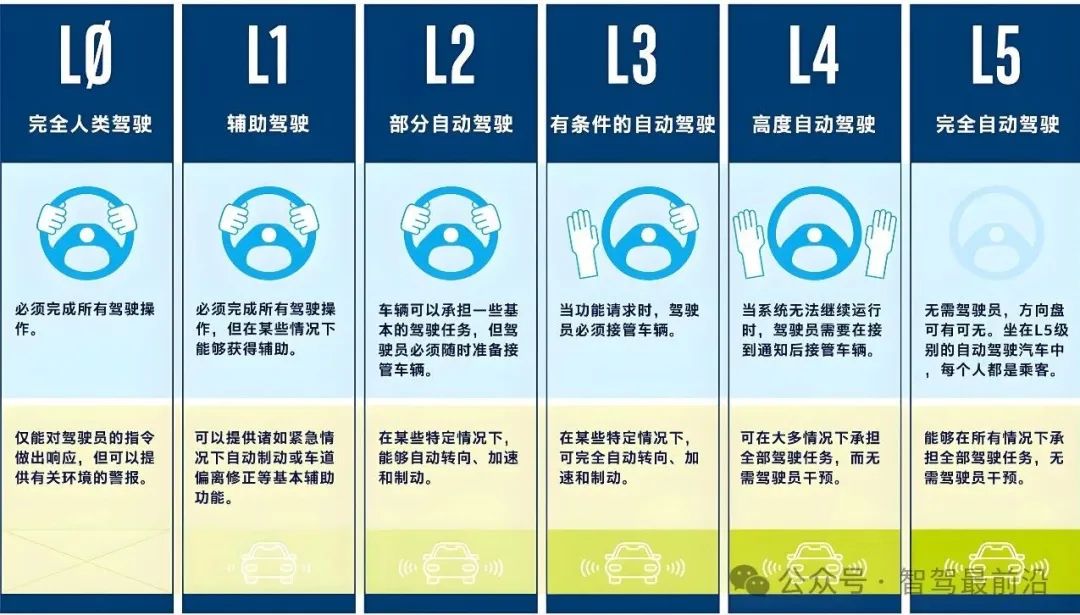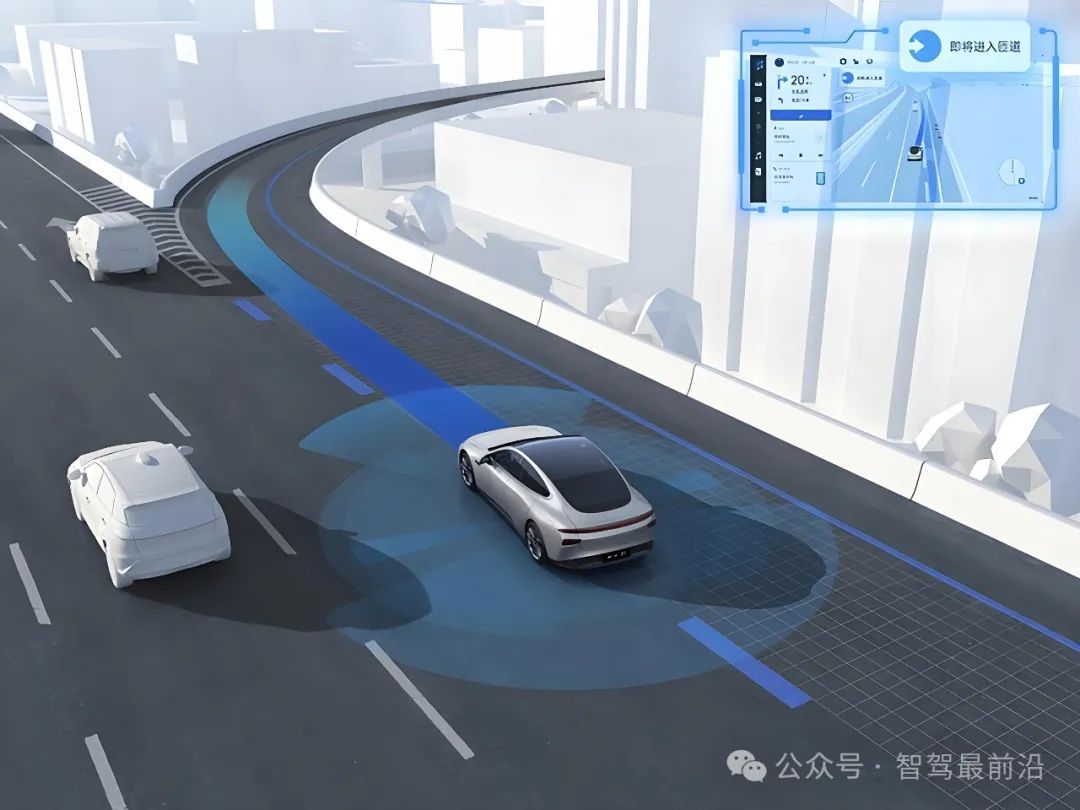Is Autonomous Driving Still a Pipe Dream? Navigating the Reality of Intelligent Driving
![]() 02/20 2025
02/20 2025
![]() 361
361
In 2023, Wang Chuanfu, the visionary behind BYD, boldly declared, "Autonomous driving is all nonsense. It's currently just advanced driver assistance, nothing more. It's akin to having a guardian angel watching over you to reduce car accidents." His statement ignited a fiery debate within the industry, where autonomous driving technology was still in its nascent stages, primarily tested in controlled environments like parks. Fast forward to 2025, the unveiling of BYD's "Divine Eye" signifies a groundbreaking achievement in intelligent driving, with high-end systems now standard across all models. The simultaneous launch of 21 models heralds a new epoch where intelligent driving technology is poised to become widely accessible.

What sets autonomous driving apart from advanced driver assistance?
The distinction is clear from their very names. Advanced Driver Assistance Systems (ADAS) emphasize "assistance," leveraging sensors, cameras, and algorithms to aid drivers with tasks like lane keeping, adaptive cruise control, and automatic braking. While these technologies can mitigate risks under certain conditions, human intervention and monitoring remain essential. In contrast, true autonomous driving entails vehicles making fully autonomous decisions in diverse, complex environments, adhering to L5 autonomous driving standards without driver intervention.


Has autonomous driving truly arrived?
Today, both emerging automakers like Tesla, Xpeng, and NIO, and traditional players such as BYD, Geely, and Changan, along with tech startups, are deeply invested in intelligent driving, vying for a slice of the vast market pie. The crux of autonomous driving lies in precise environmental perception and efficient decision-making, facilitated by the seamless integration of sensors, algorithms, and data. High-precision LiDAR, millimeter-wave radars, cameras, and other devices are widely used in ADAS but grapple with high costs, limited resolution, and insufficient anti-interference capabilities.
Artificial intelligence algorithms, the brain of autonomous driving systems, face challenges in handling complex and dynamic traffic scenarios. While deep learning has advanced image recognition and path planning, the algorithms' robustness and emergency response are still lacking. In unexpected situations, the system may fail, unable to adapt as flexibly as human drivers.
It's evident that current high-end intelligent driving systems fall short of true autonomous driving. They represent incremental improvements over previous technologies, with clearer technical pathways emerging. End-to-end, perception-heavy, map-light, and pure vision approaches are gaining traction. Functions like highway NOA and urban NOA have been successfully implemented in many regions. However, these are still classified as advanced driver assistance, not autonomous driving. In the short term, Wang Chuanfu's assertion that "autonomous driving is all nonsense; it's currently just advanced driver assistance" remains valid.

Why does it seem like autonomous driving is already here?
Fueled by capital and media, "autonomous driving" has become a seductive buzzword. Car companies overhype their capabilities to capture market share, creating a frenzy. Autonomous driving is used as a marketing ploy to attract investors and consumers, obscuring issues like technological immaturity, regulatory gaps, and safety concerns. Consumers often harbor unrealistic expectations, only to encounter limitations or hidden dangers in practice.

The gap between technological reality and market expectations is vast. Misconceptions about autonomous driving's readiness have led to absurd and dangerous behaviors, sometimes resulting in tragic accidents. On August 12, 2021, the founder of a prominent brand was driving a NIO ES8 with NOP (Navigate on Pilot) enabled when he was involved in a fatal accident on the Shenhai Expressway in Hanjiang, passing away at 31. Such incidents serve as sobering reminders that advanced driver assistance is not autonomous driving.
Despite these tragedies, some people remain oblivious. With car companies promoting high-end intelligent driving, consumer enthusiasm for autonomous driving soars. Online, tutorials on bypassing safety protocols to enable autonomous features without holding the steering wheel abound. Videos of people sleeping in the backseat as the car hurtles down the highway garner millions of views. Such disregard for safety is perilous. Current high-end systems are at best L3 autonomous driving, requiring constant driver monitoring and readiness to intervene. Ignoring this can lead to disastrous consequences. Wang Chuanfu's blunt remark, while harsh, accurately depicts the current state of autonomous driving technology.

Where is autonomous driving headed?
Although most current technologies are still at the advanced driver assistance stage, continuous advancements are propelling the industry forward. Breakthroughs in sensor technology, AI algorithms, and communication networks are paving the way for autonomous driving to become a reality.
ADAS, as a transitional phase, holds significant value. With ongoing technological accumulation and data feedback, ADAS will gradually evolve, potentially achieving true autonomous decision-making in the future. The forefront of intelligent driving envisions a transition from "assisted driving" to "partially autonomous driving" and ultimately to "autonomous driving" within the next few decades. Each technological leap will revolutionize the industry. Both car companies and consumers must adopt a rational approach to autonomous driving's development.
It's crucial to recognize that technological progress is gradual, with advanced driver assistance systems bridging the gap. Only when safety and reliability are ensured can autonomous driving technology truly penetrate the mass market and achieve a transformative leap. We anticipate a harmonious balance between technology and market, regulation and innovation in autonomous driving. Only then can it fulfill its potential and revolutionize human transportation.
Echoing Wang Chuanfu's words, "Autonomous driving is all nonsense; it's currently just advanced driver assistance," this sentiment also applies to high-end intelligent driving. As consumers, we eagerly await car companies' technological breakthroughs but must view them with a discerning eye. We hope car companies refrain from overhyping concepts and instead focus on steady progress. Only then can we embrace the true era of intelligent transportation.
-- END --








